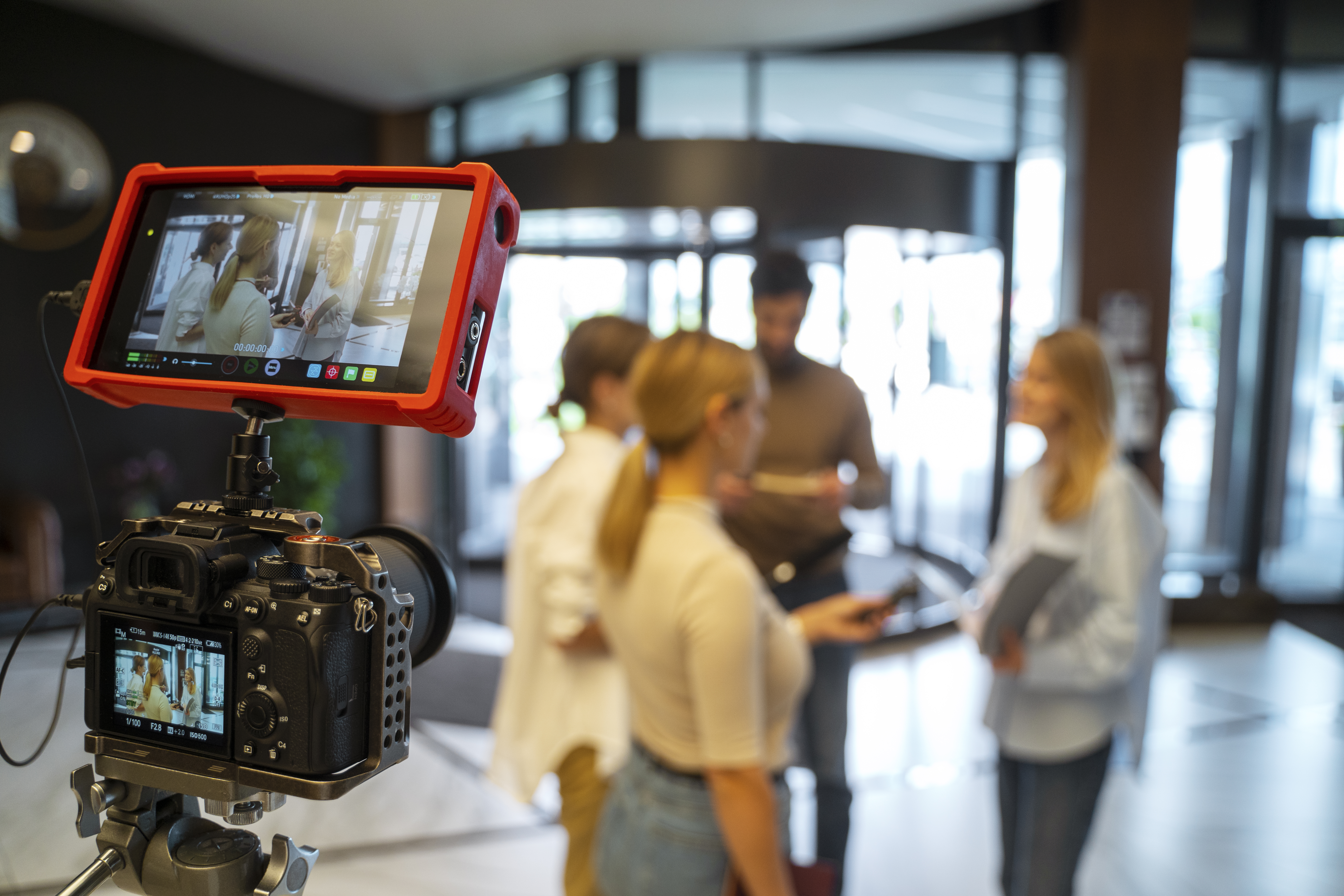Are you familiar with RTL web design? If you are considering translating your website into languages such as Arabic, Persian, or Hebrew, this is something you should carefully consider.
According to a recent report from ICEX Spain Export and Investment, the e-commerce market in the Middle East and Africa is set to experience growth of up to 20% in the next five years, reaching a market size close to $50 billion by 2025.
If your company stands to gain from having a presence in these markets, you need to incorporate this design into your website.
What is RTL web design?
When tackling the translation of a website, it is crucial to take into account whether the target language is written from left to right (LTR) or from right to left (RTL).
RTL web design involves adjusting the entire website layout to accommodate the new right-to-left writing direction. This adaptation goes beyond just changing the reading flow of content–it also includes modifying other elements like images, buttons, sidebars, dropdowns, and other components. This ensures that the website’s appearance feels familiar and offers a comfortable, enjoyable browsing experience for users in RTL language countries.
6 tips for effective RTL web design
An effective RTL web design will facilitate your entry into the markets where you want to establish your company's presence. Here are the 6 key tips to accomplish this:
- Understand what to mirror. Identifying the elements to invert or mirror is pivotal in achieving an efficient design. Here are the necessary adjustments:
- Shift elements normally found in the upper left, like logos and form headers, to the upper right.
- Flip icons indicating direction or movement, such as back arrows, graphics, or buttons.
- Reverse the reading direction of calendar columns, placing the first day of the week at the far right and the last day at the far left.
- Localize text, graphics, and images. An integral aspect of RTL design is linguistic and cultural localization, preventing any potential for appearing awkward or offensive in the context of a particular country’s societal values. It is important to recognize that a given concept can carry significantly diverse meanings in various cultures. Ensuring a flawless integration is part of the RTL design work.
- Avoid standardizing the design across all RTL-language countries. A clear example is the Arabic language, which exhibits variations in its writing across the countries that use it. Some of them use Eastern Arabic numerals, while others do not. Considering these and other potential disparities, it becomes essential to carry out specific localization for each country.
- Choose compatible fonts. Opt for multilingual fonts that accommodate RTL languages to prevent white rectangle appearing in place of certain characters due to inadequate adaptation. Ensuring content legibility and making necessary formatting adjustments are essential aspects.
- Remember the Hreflang tags. When you have the same website available in multiple languages, the hreflang tags direct search engines to offer the correct version to each user based on their language and location. This boosts international SEO by enabling distinct website positioning for each country and preventing content duplication.
- Adapt hyperlink highlighting. In certain languages, dots appear beneath specific letters, and the typical underlining of hyperlinks can hinder their visibility.
A professional adaptation using RTL web design ensures that all elements on the website are displayed accurately while preserving the corporate image.








